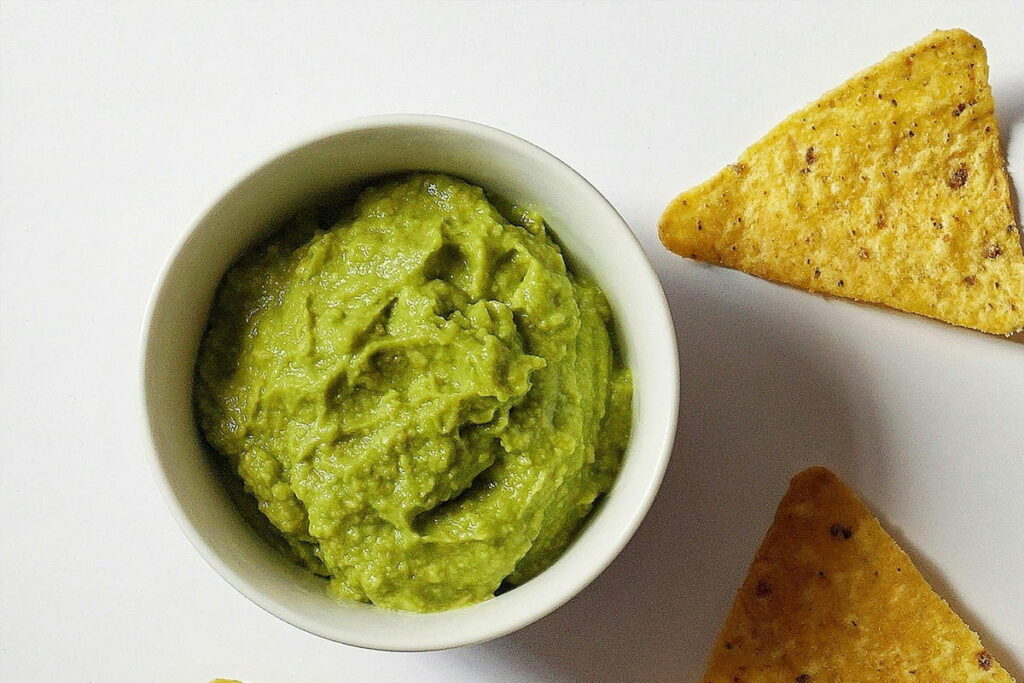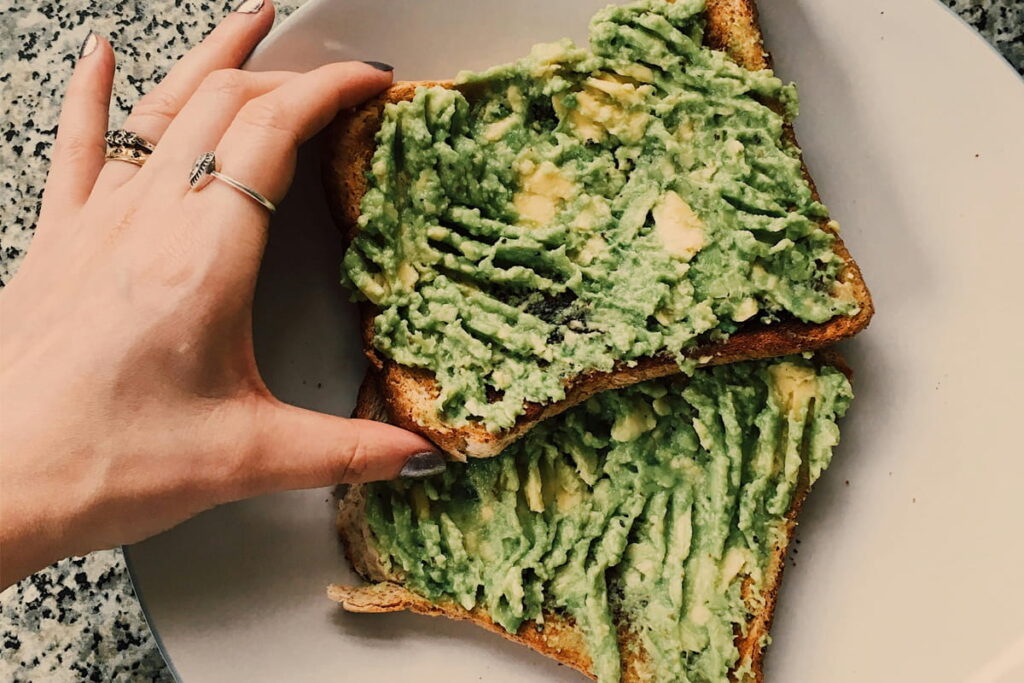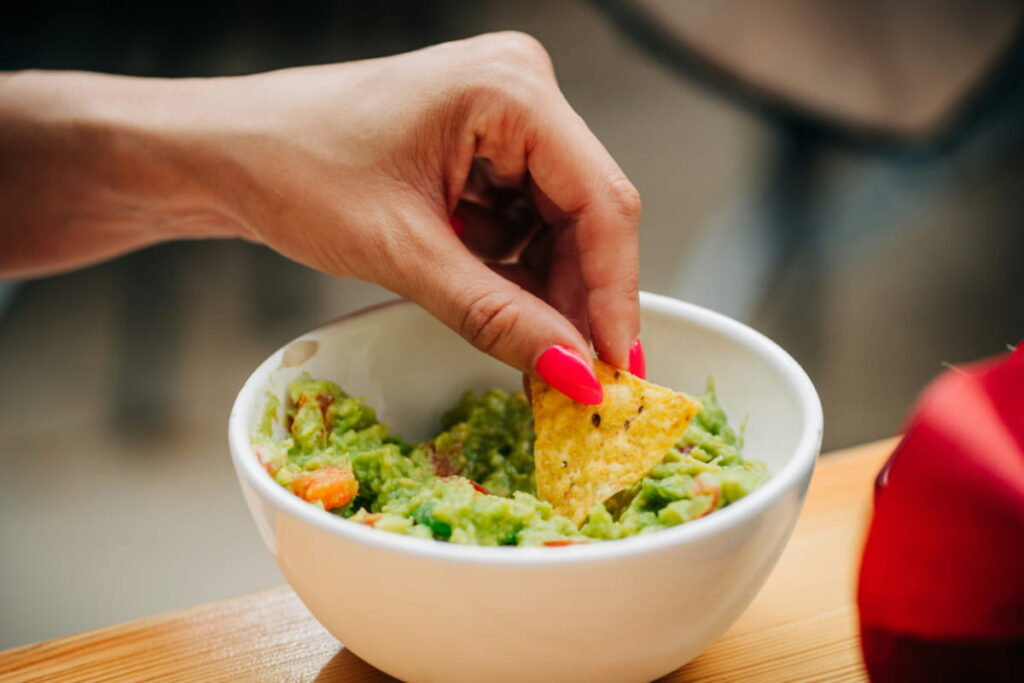
The first time I froze guacamole, I was just trying to save some leftovers for later. A week later, I learned the hard way that what I thought would happen… didn’t. Total rookie move.
After a quick call with my chef friend (and a little humility), I figured out what went wrong, and how to do it right.
Turns out, you can freeze guac, you just have to do it properly.
If you’re here for the “how,” don’t worry, you’ll get it.
This guide breaks down what to do, what to skip, and the simple tricks that actually make frozen guac taste like guac.
How Freezing Guacamole Went Wrong (and What You Can Learn From It)

When I froze that leftover guac, I thought I was being clever, just pop it in a container, seal it tight, and enjoy it later.
A week later, I opened it to find guac that looked… tired. Darker, watery, and definitely not the creamy dip I’d packed away. The flavor was okay, but the texture? Grainy. The fresh lime kick? Gone.
My chef friend quickly set me straight: freezing wasn’t the problem, air and water were. Guacamole doesn’t mind the cold; it just can’t handle oxidation and ice crystals.
And honestly, I wasn’t alone. When I later searched online, I found entire threads of people swearing frozen guac was “gross” when defrosted, and others insisting it worked fine if you did it right.
One Reddit user summed it up perfectly: “You can freeze it, but it won’t be as good.”
That tweet made me laugh, but it’s fair. Frozen guac has a bad reputation for a reason. Most people don’t realize it’s not freezing that ruins it, it’s how you freeze it.
Here’s what was really happening:
- Air exposure: I’d left too much space in the container. Oxygen sneaks in and browns the avocados, the same thing that happens to a sliced apple.
- Water-heavy add-ins: I’d mixed in onions and tomatoes, rookie mistake. When they freeze, their moisture turns to ice crystals and ruins the texture.
- No acid shield: I hadn’t added enough lime juice. A little acid isn’t just for flavor; it slows oxidation and keeps that bright green color.
Once he explained it, everything clicked. Freezing guacamole isn’t the issue, it’s how you freeze it. And once I figured that out, everything changed.
How to Freeze Guacamole the Right Way

Once I understood what went wrong, freezing guacamole became simple. Here’s the basic way that works every time, plus a few other methods if you like portioning, prepping, or experimenting.
The Basic Way (The Reliable, No-Fuss Method)
1. Start with plain guac. Mash your avocados with salt and lime juice, that’s it. Skip the onions, tomatoes, or sour cream; they don’t freeze well and will make your guac watery later.
2. Use enough lime juice. Lime isn’t just for taste. Its acidity helps slow browning and keeps the flavor bright. A tablespoon per two avocados is a good starting point.
3. Pack it airtight. Scoop your guac into a freezer-safe bag, flatten it, and squeeze out every bit of air before sealing. (Bonus: flat bags stack easily and thaw evenly.)
4. Label and freeze. Write the date, lay the bag flat in the freezer, and forget about it until you need it. It’ll stay good for up to three months.
Optional: If you prefer containers over bags, press plastic wrap directly onto the surface before sealing the lid, it adds an extra air barrier.
Other Ways That Work
Because not everyone uses guac the same way, here are a few variations that can make your life easier.
1. The Ice Cube Tray Method (For Small Servings)
Perfect if you only need a spoonful at a time, for toast, tacos, or single snacks.
- Spoon guac into a silicone ice cube tray.
- Freeze until solid, then pop the cubes into a labeled freezer bag.
- Pull out only what you need.
💡 Tip: Brush a light layer of lime juice or olive oil on top before freezing to help lock out air.
2. The Portion Pouch Method (For Meal Prep)
If you meal prep or like ready-to-go portions:
- Divide your guac into small snack-size freezer bags (about ½ cup each).
- Flatten and seal each one airtight.
- Store them together in a larger bag or container to stay organized.
💡 Tip: Portioning prevents repeated thawing, take out only what you’ll actually use.

3. The Container Method (For Larger Batches or Parties)
If you make guac in bigger batches:
- Avoid large containers, smaller ones freeze and thaw more evenly.
- Use small, shallow airtight containers.
- Press plastic wrap onto the surface, then seal the lid.
Real-Life Example: The Viral TikTok Version
If you’re a visual learner or just love seeing real people make this work, check out @leslie_stokes on TikTok.
She uses a silicone mold, basically the same as an ice cube tray, to freeze guacamole in perfect little cubes. Once they’re solid, she stores them in a freezer bag and pops one out whenever she needs it for tacos, toast, or snacks.
It’s the same idea as the ice cube method, just a prettier, portion-friendly version.
Some of the comments on her video mention their guac turning brown or watery after thawing, that usually comes down to air exposure or freezing tomatoes inside the mix.
Follow the same airtight method and add your fresh ingredients after thawing, and you’ll get much better results.
How to Thaw and Revive Frozen Guacamole

Freezing guacamole is half the job, thawing it the right way is what keeps it tasting fresh. Go too fast, and you’ll end up with watery, sad guac all over again.
1. Thaw it slowly in the fridge. Move your bag or container from the freezer to the refrigerator. Let it thaw overnight or for at least six hours. Slow thawing keeps the texture creamy instead of watery.
2. If you’re in a hurry, use a cold-water bath. Seal the bag tightly and place it in a bowl of cool (not warm!) water for about 30 minutes. It’ll thaw more gently than using heat, no texture loss, no risk of food safety issues.
3. Stir and taste-test.Once thawed, give it a good stir to bring everything back together. You might notice it’s slightly thinner, that’s normal.
4. Freshen it up. Now’s the time to add your mix-ins: diced onions, chopped tomatoes, cilantro, or extra lime juice. A quick squeeze of fresh lime and a pinch of salt work wonders for reviving flavor.
So, Is Freezing Guacamole Worth It?
Honestly? Yes, if you do it right.
I used to think freezing guac was pointless after that first brown, watery mess. But once I learned the right way, it became one of those small kitchen wins that makes life easier.
Now, whenever I’ve got ripe avocados or leftovers from taco night, I freeze a batch without even thinking. A few weeks later, creamy, green guac is waiting, no stress, no waste.
Got questions or your own freezing tricks? Drop them in the comments, I’d love to hear how it works for you.
And if you’re curious about freezing other foods, check out my Freezing Hub for more how-tos and tested tips.